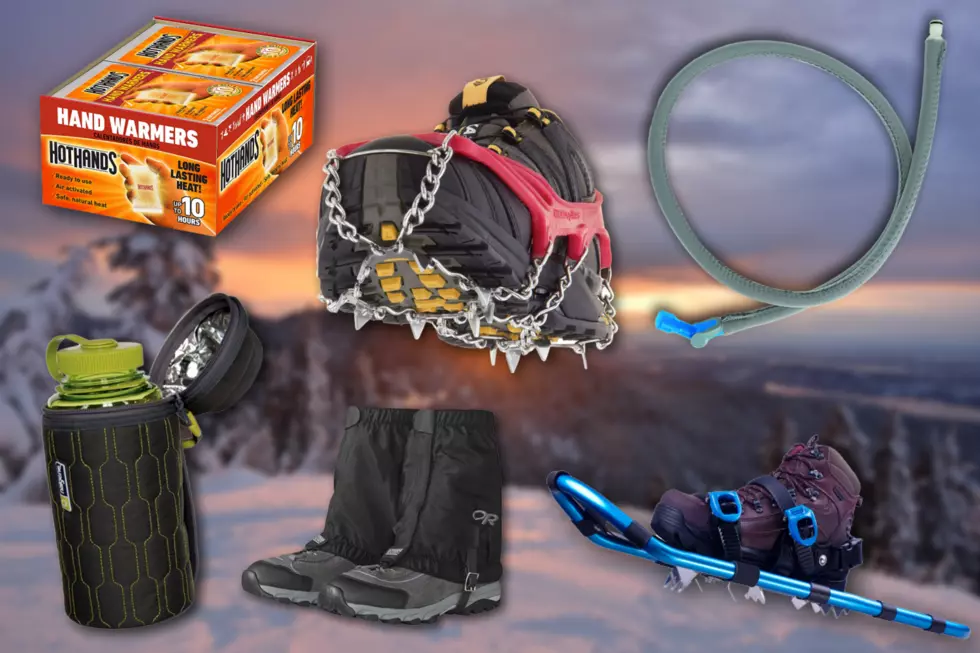
5 Hudson Valley Winter Hiking Essentials
As Amazon Associates, we earn on qualifying purchases.
The Hudson Valley is home to some of the most popular hikes across the country. Maybe it’s the sweeping vistas of the Gunks or the Catskills seen from the top of Mount Beacon that draws people, or maybe the or the physical challenge (and Instagram bragging rights) of climbing to the top of Breakneck Ridge. It could just be the meditative act of taking a trail from the Franklin D. Roosevelt Estate or Locust Grove down toward the Hudson River.
Whatever the reason (does there really need to be a reason?), thousands of locals and out-of-towners descend on Hudson Valley trailheads each weekend no matter the season. Winter hiking in the Hudson Valley can pose its own set of challenges. The New York Department of Environmental Conservation incident lists regularly include hikers overestimated their stamina or underprepared with their equipment and needed to be rescued.
If you have any plans of venturing out into the woods this winter, here are some items you’ll want to make sure are in your daypack, in addition to some hiking essentials, before you do.
Microspikes
The biggest mistake a hiker can make in winter is not having any traction on their shoes. If you think walking on an unsalted parking lot is treacherous, try a sheet of as you come down a 30-degree slope. Microspikes are essential. Hey-- get those Yaktrax out of your cart right now. They may keep you upright on sidewalks, but they’re no substitute for microspikes or crampons when it comes to hiking terrain.
Buy It: https://amzn.to/32hSS75
Hand Warmers
You’ll never regret having a couple of spare hand warmer packets on you. Keep in mind that most hand warmers will expire after six months. If you have the same set of hand warmers from last year, you’ll need to chuck those out and get a new set or two.
Buy It: https://amzn.to/32fRBgT
Water Reservoir Insulator or Insulated Bottle Sleeve
It’s hard to stay hydrated when the water in Camelbak tube is frozen solid. If you use a water pack, you’ll want to make sure your tube is covered with an insulator tube. Without an insulator, the water in your tube will freeze within 10 minutes on particularly cold days.
Buy It: https://amzn.to/2nP9RPg
If you prefer and water bottle to a backpack water reservoir, you’ll want to have your water bottle in an insulated sleeve. It can take the water in a bottle longer to freeze than in a water reservoir tube, but it’ll still freeze up in cold enough temperatures, nevertheless.
Buy It: https://amzn.to/2McucqW
Outdoor Gaiters
When you're hiking in the winter, you want to guard against snow getting into your boots and getting your feet wet. (Cold and moisture are key factors in hypothermia.) Gaiters are ankle covers that wrap around your leg and prevent snow, water or mud from getting into your shoe.
Buy It: https://amzn.to/2BcSo6g/
Snowshoes
You’re out after a fresh snowfall when you pass a group of fellow hikers who give you the nastiest look. It’s probably because you’re post-holing. Post-holing is when hikers who don’t wear snowshoes or skis create deep footsteps in unpacked snow. Postholes create a tripping hazard for other people out enjoying the woods. It’s also prohibited in certain conditions. Don’t be that guy. Bring snowshoes to the trailhead parking lot if you think there’s any chance of 6 inches of snowfall or more where you’re heading too.
Buy It: https://amzn.to/2nPcHUo
Beyond this list, think carefully about the clothing you’re wearing out to a winter hike. Layers are important and expect to stop frequently to add or remove layers to prevent sweating that leads to that cold + moisture = hypothermia arithmetic.
Happy hiking!
Bonus Video
More From WPDH-WPDA









